Premium Only Content
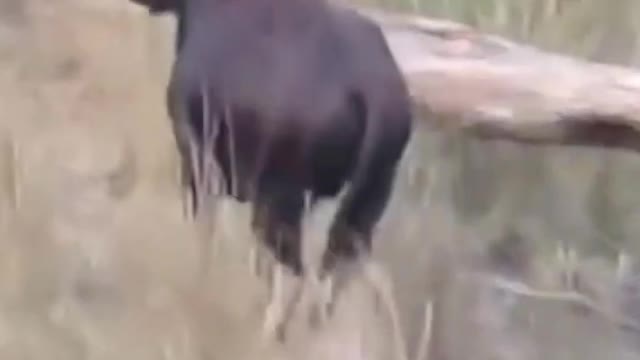
Buffalo charge tiger very hard Buffalo.
This Buffalo is very angry charge the tiger.
The African buffalo is a very robust species. Its shoulder height can range from 1.0 to 1.7 m (3.3 to 5.6 ft) and its head-and-body length can range from 1.7 to 3.4 m (5.6 to 11.2 ft). The tail can range from 70 to 110 cm (28 to 43 in) long.[3] Compared with other large bovids, it has a long but stocky body (the body length can exceed the wild water buffalo, which is heavier and taller) and short but thickset legs, resulting in a relatively short standing height. Cape buffaloes weigh 425 to 870 kg (937 to 1,918 lb), with males normally larger than females, reaching the upper weight range.[4] In comparison, African forest buffaloes, at 250 to 450 kg (600 to 1,000 lb), are only half that size.[5] Its head is carried low; its top is located below the backline. The front hooves of the buffalo are wider than the rear, which is associated with the need to support the weight of the front part of the body, which is heavier and more powerful than the back.
Savannah-type buffaloes have black or dark brown coats with age. Old bulls often have whitish circles around their eyes and on their face. Females tend to have more-reddish coats. Forest-type buffaloes are 30-40% smaller, reddish brown in colour, with much more hair growth around the ears and with horns that curve back and slightly up. Calves of both types have red coats.
A characteristic feature of the horns of adult male African buffalo (southern and eastern populations) is that the bases come very close together, forming a shield referred to as a "boss". From the base, the horns diverge downwards, then smoothly curve upwards and outwards and in some cases inwards and or backwards. In large bulls, the distance between the ends of the horns can reach upwards of one metre (the record being 64.5 inches 164 cm). The horns form fully when the animal reaches the age of 5 or 6 years old, but the bosses do not become "hard" until it reaches the age of 8 to 9 years old. In cows, the horns are, on average, 10–20% smaller, and they do not have a boss. Forest-type buffalo horns are smaller than those of the savanna-type buffaloes from Southern and East Africa, usually measuring less than 40 centimetres (16 in), and are almost never fused.
-
 2:36:29
2:36:29
The Illusion of Consensus
1 day agoExploring Holistic Psychiatry with Dr. Aruna Tammala: Nervous System Regulation, Diet, Supplements, Self-love, and Social Connection
21.2K -
 2:44:57
2:44:57
Laura Loomer
5 hours agoEP115: Democrats' Pet Muslims Bite Back
39.3K15 -
 18:37
18:37
SantaSurfing
8 hours ago4/17/2025 - Trouble for Tish/Google/Jerome! Trump stops a war!
25.5K15 -
 49:39
49:39
Man in America
13 hours agoThey’re Feeding Us POISON and Calling It Dinner w/ Kim Bright
33K13 -
 LIVE
LIVE
BrancoFXDC
3 hours ago $1.47 earnedWarzone Rounds - DAY 10 of no Internet
294 watching -
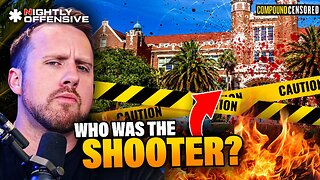 1:17:17
1:17:17
RiftTV/Slightly Offensive
8 hours ago $7.52 earnedMASSACRE at FSU: Who was Actually RESPONSIBLE? | Slightly Offensive
30.7K13 -
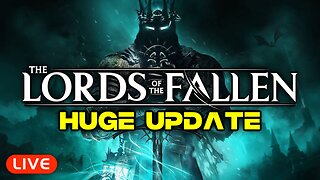 3:18:46
3:18:46
SilverFox
4 hours ago🔴LIVE - HUGE UPDATE! LORDS OF THE FALLEN 2.0
25.2K -
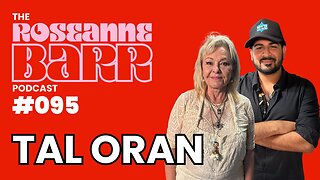 2:03:46
2:03:46
Roseanne Barr
7 hours ago $19.17 earned"God, Go Get em' Honey" W/ Tal Oran | The Roseanne Barr Podcast #95
104K43 -
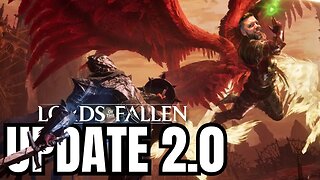 5:53:59
5:53:59
BSparksGaming
7 hours agoLords of the Fallen Version 2.0 Gameplay!
16.6K -
 1:04:45
1:04:45
Donald Trump Jr.
10 hours agoThe Left’s Lunacy Knows No Bounds, Plus Taking Your Questions Live! | Triggered Ep234
140K157